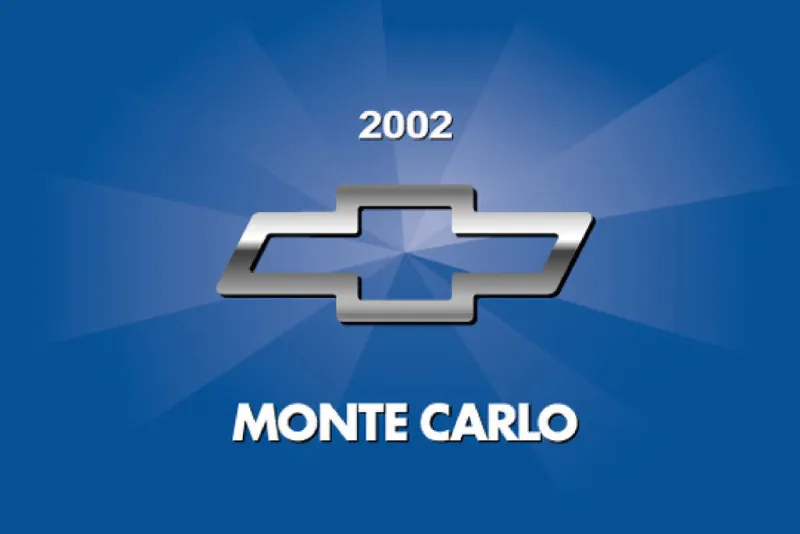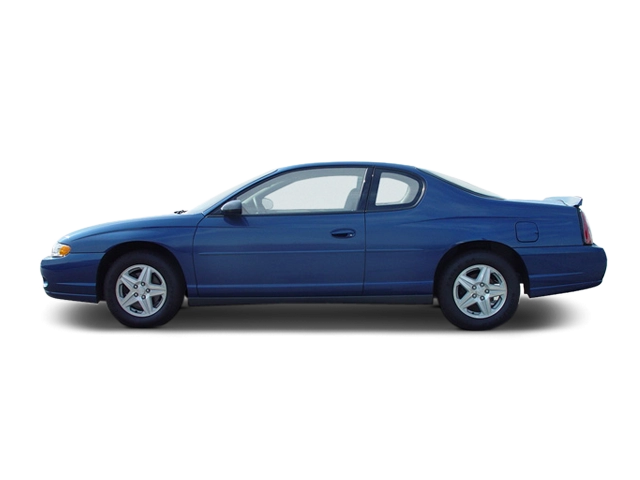2002 Chevrolet Monte Carlo Owner's Manual

Table of Contents
2002 Chevrolet Monte Carlo Overview
Introduction
The 2002 Chevrolet Monte Carlo stands as a testament to American automotive design that combines style, performance, and comfort. With its sleek coupe silhouette and sporty demeanor, the Monte Carlo captures the spirit of classic muscle while offering modern luxuries. Aimed at thrill-seekers and those who appreciate a dependable ride, this model combines all the elements that make for a remarkable driving experience.
Powertrains
The 2002 Monte Carlo offers two strong powertrain options which cater to both performance enthusiasts and everyday drivers. The base engine is a 3.4-liter V6 that produces 180 horsepower, ensuring adequate power for daily commuting and city drives. For those craving more excitement, the LS Sport and SS trims offer an optional 3.8-liter supercharged V6 engine, generating a robust 240 horsepower. Both engines are paired with a smooth-shifting four-speed automatic transmission and provide a well-balanced blend of power and efficiency.
Trims
The Monte Carlo is available in three distinct trims: the base LS, the sporty LS Sport, and the performance-oriented SS. The LS trim emphasizes comfort and features like air conditioning, cruise control, and power windows. The LS Sport enhances the driving experience with upgraded suspension and sporty aesthetics. The SS model, with its supercharged engine and distinct styling cues, offers an exhilarating performance and includes additional features like a premium audio system and unique badging.
Features
Inside the 2002 Monte Carlo, drivers and passengers will find a well-appointed cabin filled with modern conveniences. Comfortable seating, intuitive controls, and ample trunk space highlight its practicality. Standard features include a CD player, keyless entry, and optional leather upholstery, ensuring a pleasurable driving experience whether on a short trip or a long journey.
Owners Manual
The 2002 Chevrolet Monte Carlo comes with a comprehensive owner's manual that serves as an essential guide for new owners. This manual provides detailed information on vehicle operation, maintenance schedules, and troubleshooting tips. Understanding the intricacies of the Monte Carlo through this manual enhances the ownership experience, ensuring that all drivers can enjoy their vehicle to the fullest.
User manual download
The Chevrolet Monte Carlo owner manual for the 2002 model year is to be found in PDF downloadable format on this page. The owner manual for the model year 2002 is free and in English, but the repair manuals are usually not easy to get and may cost more.
Manual Questions
Fill the form below and someone will help you!

